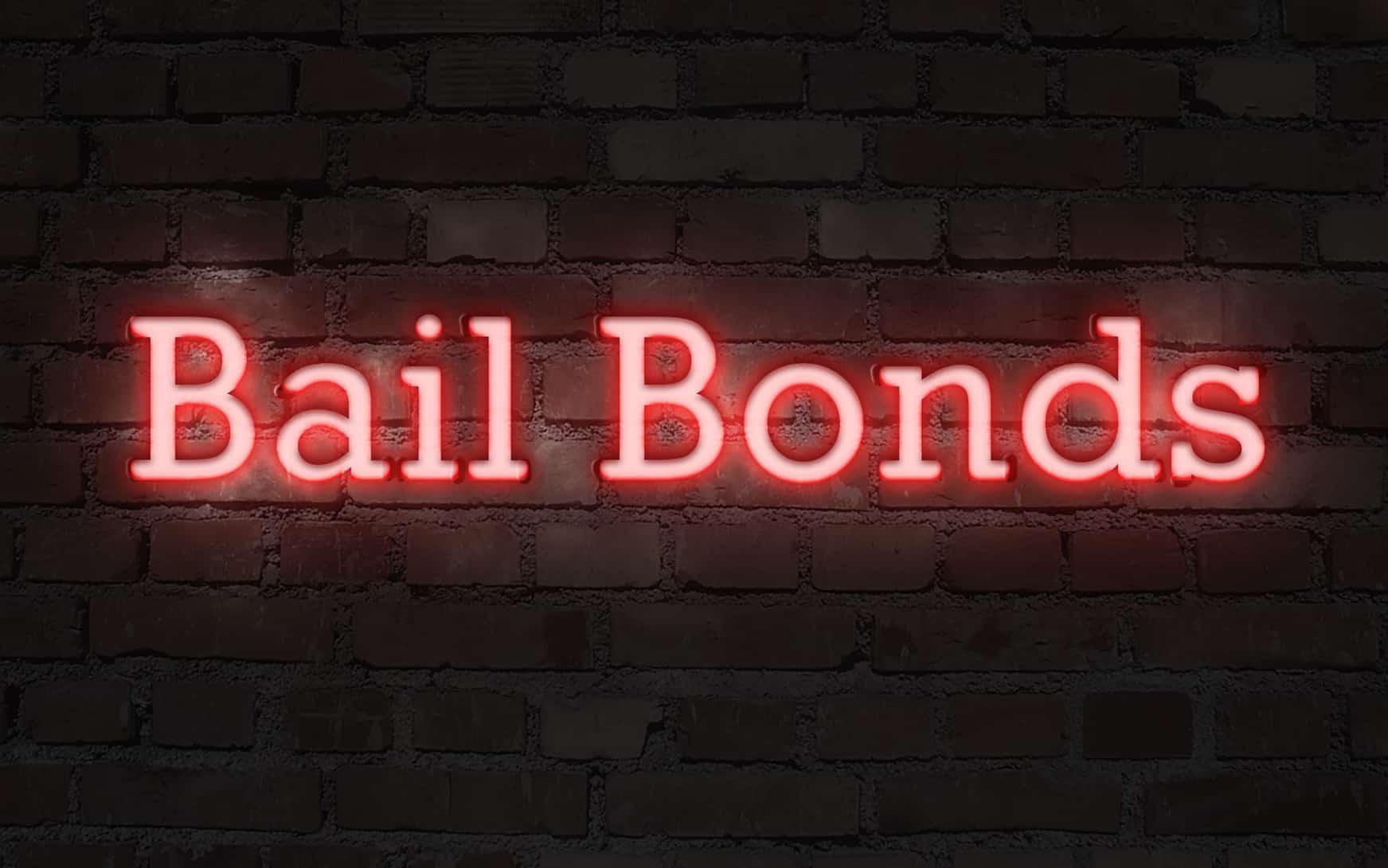Recognizing Your Legal Rights When Utilizing a Bail Bondsman
Recognizing Your Legal Rights When Utilizing a Bail Bondsman
Blog Article
Understanding the Fundamentals of Bail Bonds: What You Need to Know
Navigating the complexities of bail bonds is an essential facet of the lawful system that can substantially affect the charged's trip through court process. The complexities of how bail bonds operate, the different types offered, and the essential factors to consider in picking a trustworthy bail bondsman can be daunting.
What Is Bail?
Bail is a monetary plan that allows a specific accused of a criminal activity to be launched from wardship while waiting for test. The primary purpose of bail is to guarantee that the defendant stands for future court procedures (Bail Bondsman). Typically established by a court, the bail quantity differs depending on the nature of the crime, the accused's criminal background, trip danger, and various other relevant variables
When bail is approved, the implicated or a representative should pay a specified sum, which might be in cash or through a bail bond. In some instances, bail can be denied completely, particularly for severe offenses or if the suspicious presents a significant threat to public security. The concept of bail is rooted in the anticipation of virtue, reinforcing the concept that individuals should not be punished before a conviction.

Understanding Bail Bonds
A bail bond is a financial instrument that assists in the launch of a charged person from custodianship, serving as a warranty for their appearance at future court dates. This setup allows defendants to maintain their freedom while waiting for test, lowering the concerns connected with imprisonment. The bail bond process generally entails a third-party business, called a bondsman, that offers the essential funds to the court on part of the accused.
Bail bonds been available in various forms, including guaranty bonds, building bonds, and cash money bonds, each with distinct requirements and implications. Surety bonds, one of the most common type, require a superior settlement, normally a portion of the overall bail amount, which is non-refundable. In contrast, a residential or commercial property bond involves using property as security, while cash money bonds require the full bail total up to be paid in advance.
Understanding the nuances of bail bonds is important for offenders and their households. It is necessary to grasp the possible monetary implications, including commitments and costs to the bail bondsmansman, along with the legal responsibilities connected to making sure court appearances. Understanding of these aspects aids in making educated decisions throughout a challenging time.
How Bail Bonds Work
The procedure of safeguarding a bail bond generally includes numerous essential actions that guarantee the charged can reclaim their liberty while waiting for trial. The individual or their depictive contacts a bond bondsman, click here for more that assesses the case and the connected risks. The bail bondsman will require info about the accused, including the fees, the bail amount set by the court, and any type of appropriate individual details.
When the bondsman accepts give the bond, the charged or their agent should pay a non-refundable charge, usually a percentage of the complete bail amount. This cost compensates the bondsman for handling the financial threat of making certain the charged appears in court. In some instances, collateral might likewise be needed, such as residential property or important properties, which functions as protection for the bond.
After any security and the fee are prepared, the bondsman submits the required documents to the court. Upon approval, the bail is uploaded, and the accused is launched from custodianship. It is important for the implicated to stick to all court dates and conditions, as failure to do so can cause the forfeit of the bond and possible lawful consequences.
Types of Bail Bonds
Different types of bail bonds are available to match various conditions and needs. One of the most typical type is the guaranty bond, where a bondsman assurances repayment of the complete bail total up to the court in exchange for a non-refundable charge, commonly around 10% of the bail. This setup enables accuseds to safeguard their release without paying the entire bail upfront.
One more type is the money bond, which needs the defendant or a co-signer to pay the complete bail amount in cash money straight to the court - Bail Bondsman. This option is frequently favored for lower bail quantities, as it ensures the cash is returned upon the defendant's look in any way court procedures
Residential property bonds include using property as security. In this case, the court places a lien on the property, which can be surrendered if the accused falls short to show up.
Finally, government bail bonds are specifically made for government instances, commonly including greater quantities and added complexities. Understanding these numerous bail bond types is imp source important for accuseds and their families in making notified decisions throughout a challenging time.
Picking a Bondsman
When choosing a bail bondsman, it is necessary to think about several crucial factors that can affect the total experience and outcome. Evaluate the bail bondsman's credibility by looking into on the internet testimonials and acquiring suggestions from relied on resources. A reliable bail bondsmansman will have a background of expertise and successful cases.

It is also essential to recognize the fee structure. Many bail bondsmensman bill a non-refundable fee, normally around 10% of the bail amount. Watch out for any type of covert costs or unusual settlement techniques. Transparency in rates is a hallmark of a trustworthy bail bondsman.
Verdict
In summary, comprehending the fundamentals of bail bonds is important for individuals associated with the lawful system. Bail acts as a monetary assurance of court look, while various sorts of bail bonds satisfy various scenarios. Recognizing the operational devices of bail bonds and choosing a credible bail bondsmansman can dramatically affect the general experience. An extensive examination my link of readily available choices makes certain notified decision-making, eventually assisting in a smoother navigation through the intricacies of the legal procedure.
The complexities of exactly how bail bonds run, the different types readily available, and the vital factors to consider in picking a trusted bail bondsman can be discouraging. The bail bond process usually includes a third-party firm, understood as a bond bondsman, that offers the needed funds to the court on behalf of the charged.
The most common type is the surety bond, where a bond bondsman warranties settlement of the complete bail amount to the court in exchange for a non-refundable cost, commonly around 10% of the bail. Bail offers as a monetary assurance of court look, while various kinds of bail bonds cater to different conditions. Understanding the operational devices of bail bonds and choosing a credible bail bondsman can dramatically affect the total experience.
Report this page